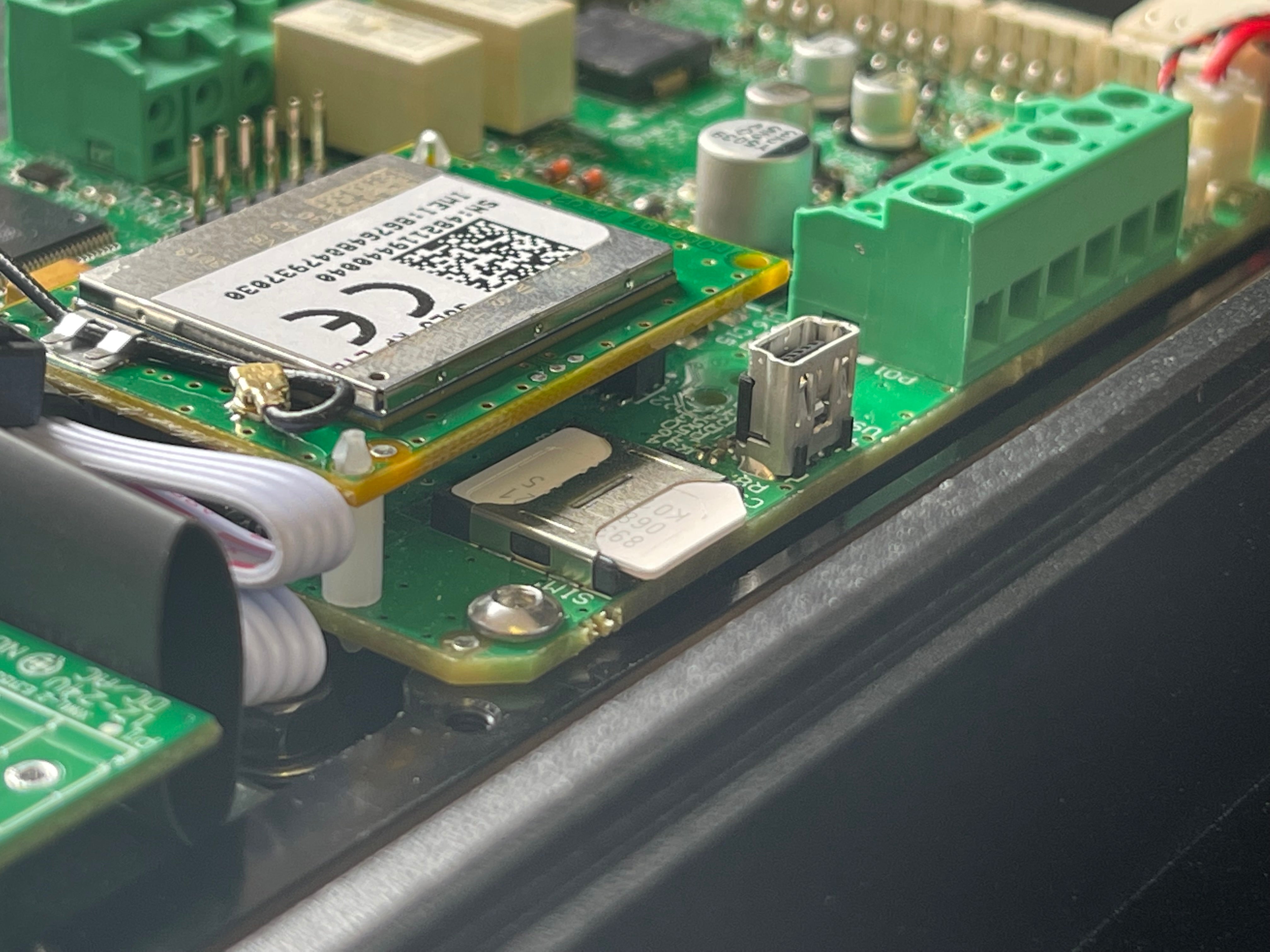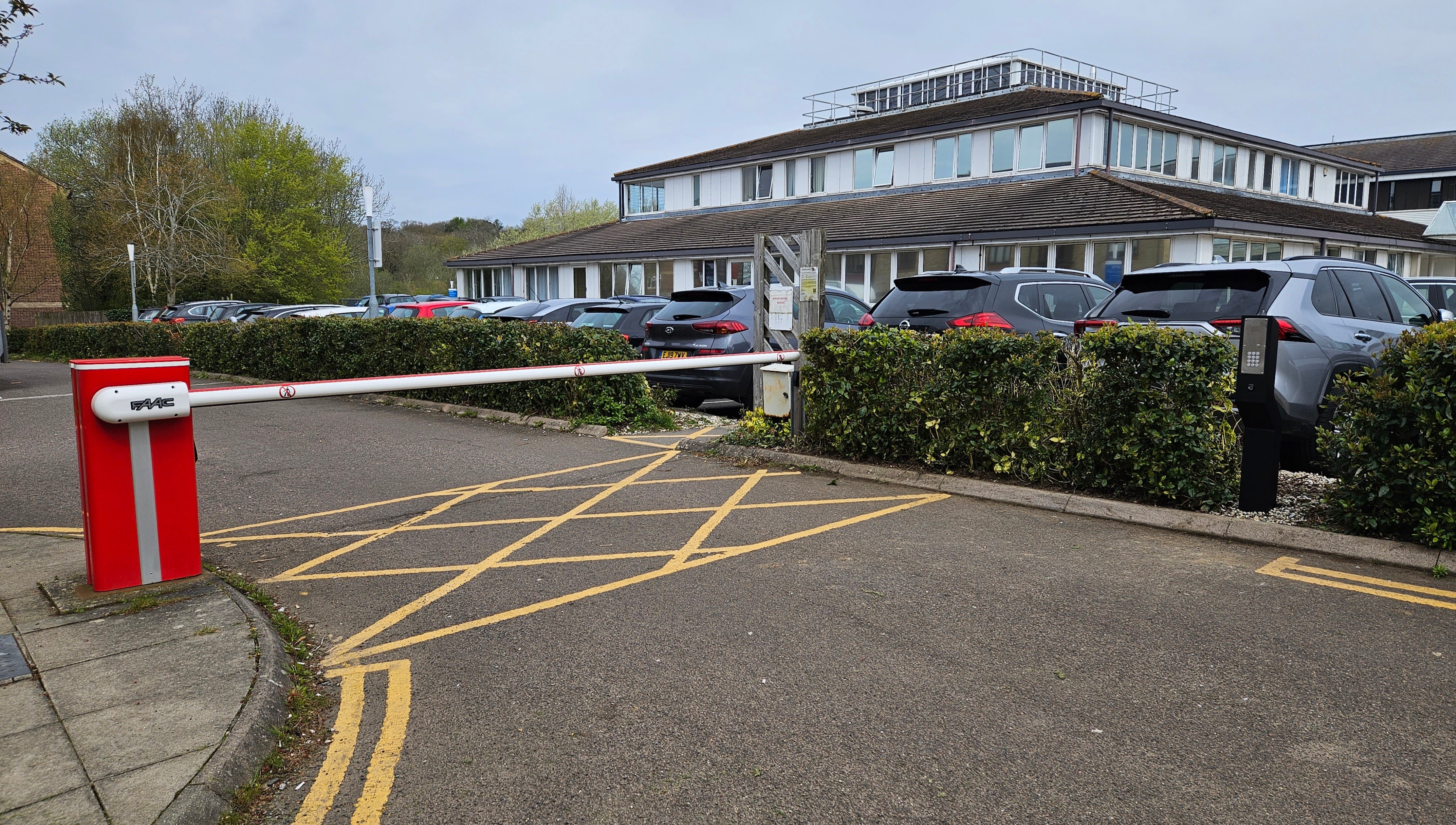What is the difference between GSM, 2G, 3G, 4G & 5G?
The very simple answer is 'SPEED'. Each generation of mobile technology brings faster and richer consumer experiences than the former. The latest mobile tech offers a range of new connected products & services like never before.
GSM - the Global Standard for Mobile Communications
Back in the days of 'the Motorola Brick' and the first 'Flip phone' – when Nokia, Ericsson and Motorola reigned supreme! Who? The early pioneers of mobile technology, that's who ☝️ The market leaders for mobile phone handsets, back when a battery lasted much longer than a day shift. 2G GSM was the first generation of mobile comms for consumers. The very first 'mobile internet', GPRS, was based on GSM technology. GSM naturally evolved to a faster 'better' mobile internet experience and 3G was here. The rest is history and as we all know, 4G is faster than 3G so the high-speed mobile internet generation evolved from 3G. The latest 'GSM' is 5G – the fastest mobile internet yet, of which most people haven’t really experienced the true power of yet. Mobile technology is now fast enough to provide stable internet for most of the everyday tasks we use the internet for BUT we always want more.
The lastest consumer technology sitting between 4G and 5G capabilities is 4G-voLTE. LTE stands for 'Long Term Evolution' – essentially it's mobile 'data-only' channel) – 'vo' ' relates to voice (ie: voLTE voice-over-LTE or voice-over-data). Think 'VOIP for mobile' but natively supported by the netwpork and handset instead of via a 3rd party service like Skype or Whatsapp. VoLTE technology is being introduced to take the voice calls, currently running over 2G & 3G voice channels as these frequencies are retired to make bandwidth for the next frequencies dominating the airwaves – 4G and 5G. 4G-voLTE brings an exciting new dimension to 'mobile voice-over-data' services to take the power of voice & video in-call functionality and experiences to the next level. This is where ControlFreq GSM intercom products start to become very interesting indeed. Read more about 4G-voLTE here.
History of GSM
GSM is an international standard for digital cellular communications. Not commonly referred to is 1G but essentially 1G or '1st generation' mobile technology was analogue only. It made calls and that's it. 2G, or 2nd generation, is when it became digital and capable of carrying data and so it began. The consumer mobile service industry boomed...
Second Generation (2G) technology was launched in 1991 in Finland. Based on the technology known as 'Global System for Mobile Communications' (ie: GSM), 2G is basically just a fancy name for the original first generation GSM technology. GSM technology enabled many networks to provide services like text messages, picture messages and MMS through the earliest 'mobile internet' technology – GPRS, sometimes referred to as WAP.

With GSM technology, all text messages were digitally encrypted due to which only the intended receiver received the message. These digital signals consumed less battery power, so it helped in saving the battery of mobiles. The technologies used in 2G were either TDMA (Time Division Multiple Access), which divided the signal into different time slots or CDMA (Code Division Multiple Access), which allocated a special code to each user so as to communicate over a multiplex physical channel.
Third Generation (3G) technology generally refers to the standard of accessibility and speed of mobile devices. It was first used in Japan in the year 2001. The standards of the technology were set by the International Telecommunication Union (ITU). This technology enabled use of various services like GPS (Global Positioning System), mobile television and video conferencing. It not only enabled them to be used worldwide, but also provided better bandwidth and increased speed.
3G technology was much more flexible as it could support 5 major radio technologies that operate under CDMA, TDMA and FDMA. CDMA accounts for IMT-DS (direct speed) and IMT-MC (multi carrier). TDMA holds for IMT-TC (time code) and IMT-SC (single carrier). This technology was also compatible with 2G technologies. The main aim of this technology was to allow much better coverage and growth with minimum investment.
Main Difference Between 2G & 3G Technology
Cost: The license fee to be paid for a 3G network was much higher as compared to 2G networks. The network construction and maintenance of 3G was much costlier than 2G networks. Also, from the customers point of view the expenditure for 3G network was excessively high if they made use of the various applications of 3G.
Data Transmission: The main difference between 2G and 3G networks was seen by the mobile users who downloads data and browsed the Internet on their mobile phones. They found much faster download speeds, faster access to the data and applications in 3G networks as compared to 2G networks. 2G networks were less compatible with the functions of a smart phone. The speed of data transmission in a 2G network was less than 50,000 bits per sec while in 3G it was more than 4 million bits per sec.
Function: The main function of 2G technology was the transmission of information via voice signals while that of 3G technologies was data transfer for internet, video conferencing, MMS etc.
Features: The features like mobile TV, video transfers and GPS systems were the additional features of 3G technology that were not available with 2G technologies.
Frequencies: 2G technology used a broad range of frequencies in both upper and lower bands, under which the transmission depended on conditions such as weather. A drawback of 3G was that it was simply not available in certain regions.
Implication: 3G technology offered a high level of security as compared to 2G technology because 3G networks permited validation measures when communicating with other devices.
Making Calls: Calls could be made easily on both 2G and 3G networks with no real noticeable differences except that in 3G network video calls could also be made, albeit very sketchy in the early days. The transmission of text messages and photos was available in both the networks but 2G networks had data limit and the speed of the data transmission was also very slow as compared to 3G.
Speed: Download & upload speeds available in 2G were up to 236 Kbps. While in 3G technology the download and upload speeds were up to 21 Mbps and 5.7 Mbps respectively.

The arrival of 4G
4G or 'fourth generation' technology was launched in the UK in 2012 offering much faster data usage as well as improvements in voice and video call quality. 4G was defined as the ideal but networks could not reach the originally achieved standard, so 4G LTE (Long Term Evolution) was defined. In time LTE-A, LTE-Advanced and LTE+ were introduced as advanced or upgraded versions of LTE. These were faster, more stable, and had higher bandwidth availability than regular LTE.
LTE-A is the closest there is to true 4G speeds, but it still does not quite reach the theoretical speeds of 100 to 150 Mb/s. 4G LTE provides high speed mobile and broadband data, smoother browsing and consistent streaming of HD content which can be downloaded up to 10 x faster than 3G.
Main difference between 4G & 5G technology
As new devices are coming online all the time, they all require network bandwidth to communicate. 5G can offer two essential components to make this a reality. Greater bandwidth and greater speeds than 4G could reach. The key is that 5G technology will operate across a broader range of radio frequencies than 4G, offering considerably more bandwidth as a result. To give you some idea, the speed increase is notable. To download a 2-hour movie on 3G would take 26 hours, on 4G you would wait 6 minutes, and on 5G just a few seconds. It is easy to see why claims are being made that 5G would operate at 100 x faster than 4G.
The biggest benefit of 5G lies in its potential for other uses. With such high capacity, machines and appliances can interact, vehicles such as driverless cars which require a constant, uninterrupted stream of data, can be operated safely and virtual and augmented reality experiences are all made possible.
5G is an exciting mobile technology but it is estimated that its global share of connections will lag behind 4G and 3G for several years to come. With only 14% of the global share of connections forecast by 2025, 4G and 3G are estimated to retain 53% and 29% global share of connections respectively. Looking in detail at the main differences:
Cost: 4G was relatively cheap to set up in the UK as it was rolled out on the country’s existing frequencies, but 5G, owing to its greater frequency range, will require new infrastructure. Urban or rural areas will require different densities of tower or cells. As a result, urban areas are likely to be more economically viable than rural areas at this stage due to the larger number of the population reached within a busy conurbation.
Data Transmission: With greater capacity for higher bandwidth, 5G will be able to handle higher levels of access to the internet at the same time. The main difference between 4G and 5G networks will be seen in much higher the potential bandwidth offered.
Function: The main function of 5G technology will be the way the network is designed to support a wider array of services with varied performance requirements – all delivered via lower latency, increased bandwidth and increased speeds.
Benefits: The benefits that 5G can offer will be a far greater opportunity for connected devices, allowing greater automation across supply chains, with support for traditionally non-automated experiences to become automated, for example, in areas such as transport or medical procedures. As 5G will allow a far greater and more seamless connection between devices, this will broaden the scope of the Internet of Things (IoT), together with future immersive VR or AR experiences.
Connections: Owing to the higher frequencies of 5G, this does bring higher data rates, but the waves can’t travel as far. At lower frequencies, the radio waves can pass through objects, but at higher frequencies, the radio waves cannot. This means a greater need for more towers, to cover a smaller, shorter range, placed close together to boost capacity.
Frequencies: 5G technology uses a broad range of radio frequencies. The higher bandwidth specification drawn up by the ITU range from < 1 GHz to 95 GHz. With 4G, the frequency band is up to 2.5 GHz so you can see the huge difference.
Implication: With low latency, in time 5G technology could replace home broadband to homes that suffer from weak broadband making the need for fibre, or cables redundant.
Making Calls: To enable service providers to facilitate voice calls on 5G smartphones and other 5G devices, the network infrastructure uses 4G voice (VoLTE) technology. A second option will allow operators to deploy 5G Core and 5G NR (New Radio) for voice services within 5G.
Speed: Theoretical download speeds available in 5G are up to 10 Gb/s. A more realistic speed would be in the mid-range band between 400 and 600 Mb/s. 4G LTE achieves an average of just 100 – 300 Mbps download speed today.
Latency: Latency is the time required for a set of data to travel between two points. Latency rates for 5G are extremely low at >1 millisecond, whereas for 4G, latency is between 60 and 98 milliseconds.
Compatibility of hardware for the 5G future
In terms of 5G, there is currently no real benefit, due to cost and other technical factors, for 5G to feature in any ControlFreq products. That said, we have made new production allowances in all the latest 4G hardware by intruducing interchangeable 'plug-in' GSM modules as shown...
In the future, this will allow ControlFreq users to upgrade their 4G hardware to the next generation of mobile by simply plugging in a new module, without replacing the complete systems, saving time, cost and hassle – as is currently the case with 2G & 3G systems dropping off the network due to unsupported connectivity.
ControlFreq is ready for the next generation of mobile technology, are you?

If you're keen to discover how any of Control Freq’s GSM Access Control systems, GSM Intercoms or GSM Alarm Diallers could work for you or would like to book a solutions discovery
Book a Solution-Discovery CallRecent Blog Posts
How effective car park management starts at the entrance
Automatic gates or barriers provide convenient, long-lasting solutions for controlling traffic and securing car parks. However, many car parks are yet to take advantage of security solutions provided by integrated, up-to-the-minute, access control systems.
ALPHACONTROL - Retrofit Access Control for Car Parks
AlphaControl is a premium OEM access control pillar, made in Britain, with fully integrated digital-audio 4G intercom, pinpad, QR-code reader and more. Cloud management system and full API integration with leading UK parking operators.
WebAlarm Monitoring
Remote alarm monitoring systems are a vital component in the safety and security of both home and commercial premises. Now web-based solutions can transform the way alarm events are being communicated.
ControlFreq offers a wide range of professional-grade GSM products for access control, door entry & alarm. If you'd like to enquire about using our kit for a different application you can always reach us...
Subscribe to our digital newsletter
Please subscribe to our free digital newsletter to receive the latest directly to your inbox.



